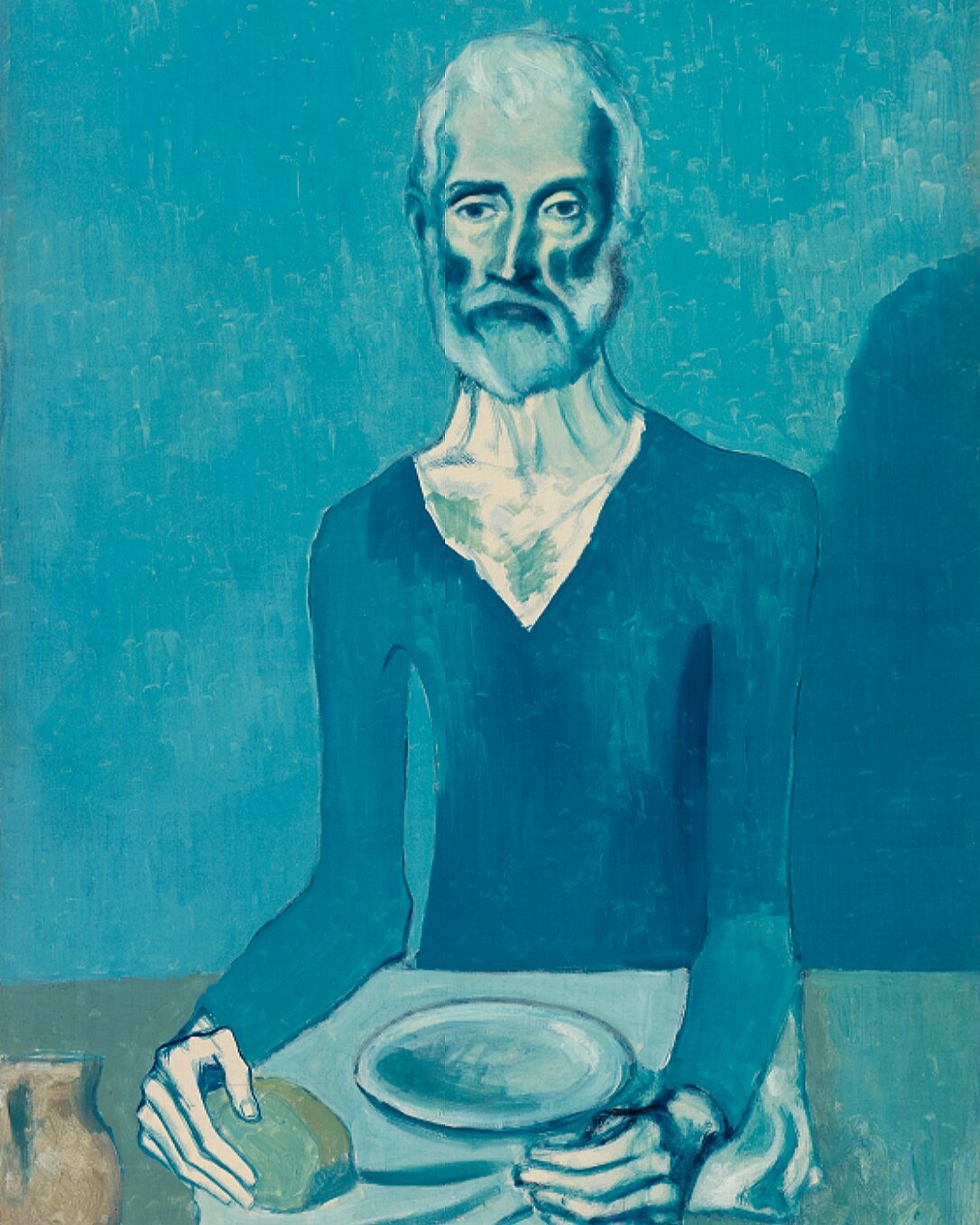Rx 7 / Ambulance
Mohamed Jabaly, film still of Ambulance, 2016. Courtesy of Slought Foundation.
Mohamed Jabaly, a young man from Gaza City, aspires to make films despite the lack of water, electricity, and freedom he experiences under the seven-year Israeli blockade of Gaza. As the war begins with no foreseeable remedy for his country, Jabaly decides he cannot merely “wait for death” and joins an ambulance crew to capture the ensuing violence.
Ambulance begins with hand-held footage of the last war in Gaza from the perspective of its crew. Jabaly comes of age among broken bodies, terrified families, and the constant risk of sudden death. He has never witnessed the effects of violence up-close, yet within the first days of the war, he finds himself helping victims of a massacre. The viewer is there with Jabaly, hearing his ragged breath as he runs to the aid of four 9-year old boys hit by a missile on Gaza Beach. The turning point comes when Jabaly and his team are bombed while inside a building. Abo Marzouq, the captain of the team, is injured. Jabaly despairs; he wants to run away.
The image seen here captures that pivotal moment: the abandoned ambulance, riddled with bullet holes. Labeled “Civil Defence,” the ambulance symbolizes survival and safety but it is nevertheless a casualty of trauma, with flattened tires, shattered windows, and debris falling from its vertiginous structure. A man seen to the right of the image carefully distances himself from the scene: if this agent of good-will could be a target, so could anyone else.
Ambulance embodies the human element behind the camera, and speaks to the power and responsibility of social documentary film and photography. Jabaly’s raw account of physical and emotional trauma lends authenticity and a bleakness to the horrors of war. To make the film, he must work through events and images of unprocessed pain, ultimately hoping that he can make a human connection with his viewers.
reflections…
In the film, Jabaly poses the question: Would you risk your life to save others?
Twenty years ago, Dr. Albert Wu, Professor of Health Policy and Management at the Johns Hopkins School of Public Health, coined the term “second victim” to describe health care providers who are traumatized on the job. “It’s not a matter of if clinicians are going to experience trauma while providing care, but when and how often,” Wu said.
How can medical training programs and institutions systemically address and mitigate psychological sequelae from second victim trauma? How can we ensure that providers are prepared for the peculiar position of being both caregiver and second victim?
The ongoing COVID-19 pandemic is similarly placing physicians and other health care providers in unprecedented, devastating situations with limited resources at their disposal. The suicide of Dr. Lorna Breen, medical director of the emergency department at New York-Presbyterian Allen Hospital, has brought the pandemic’s emotional and psychological toll on health care providers to the forefront. In the wake of her death, her father, Dr. Philip Breen, stated, “As of Sunday, she took her own life because I think she was tired […] she was like the fireman who runs into the burning building to save another life and doesn’t regard anything about herself. So she has paid the price and she’s been in the trenches.” (Levenson, 2020)
How do we remain cognizant of the extreme psychological and emotional burdens that frontline health care workers continue to face, and find ways to offer peer support? How can the arts and humanities make visible the everyday suffering and vulnerability of front line workers? In circumstances of immense trauma, how can people form solidarity out of necessity, kindness, and an ethic of mutual aid?
sources
“Ambulance Film.” Mohamed Jabaly, www.mohamedjabaly.com/ambulance-film.html. BMJ 2020;368:m1211 doi: 10.1136/bmj.m1211 (Published 26 March 2020)
Kisely, Steve, et al. “Occurrence, Prevention, and Management of the Psychological Effects of Emerging Virus Outbreaks on Healthcare Workers: Rapid Review and Meta-Analysis.” BMJ, vol. 369, 5 May 2020, www.bmj.com/content/369/bmj.m1642/rapid-responses, 10.1136/bmj.m1642.
Levenson, Eric. “Stress on Health Care Workers Is Creating ‘Second Victims’ in the Coronavirus Pandemic.” CNN, 29 Apr. 2020, www.cnn.com/2020/04/29/us/coronavirus-health-care-mental-health/index.html.
Paturel, Amy. “When Physicians Are Traumatized.” AAMC, 13 Aug. 2019, www.aamc.org/news-insights/when-physicians-are-traumatized.
“Photographies of Conflict.” Slought, slought.org/resources/photographies_of_conflict.
Vinson AE, Randel G. Peer support in anesthesia: turning war stories into wellness. Curr Opin Anaesthesiol. 2018;31(3):382‐387. doi:10.1097/ACO.0000000000000591
Wu, Albert. “Caring for the Caregiver: Second Victims” Johns Hopkins HealthCare Solutions, www.johnshopkinssolutions.com/solution/rise-peer-support-for-caregivers-in-distress/.






